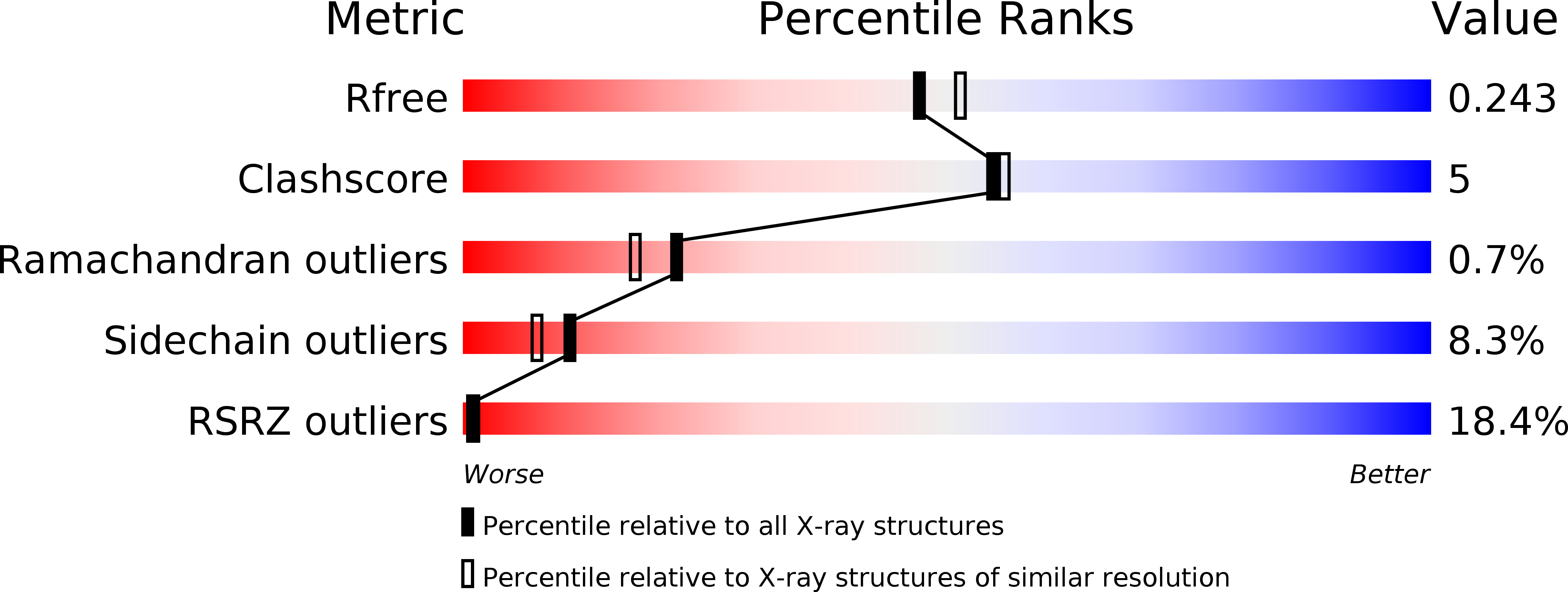
Deposition Date
2007-09-02
Release Date
2008-07-15
Last Version Date
2024-10-30
Method Details:
Experimental Method:
Resolution:
2.10 Å
R-Value Free:
0.24
R-Value Work:
0.19
R-Value Observed:
0.19
Space Group:
I 21 21 21


